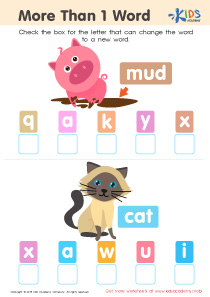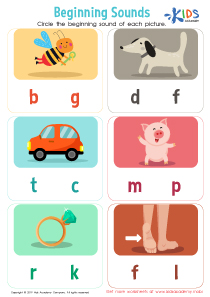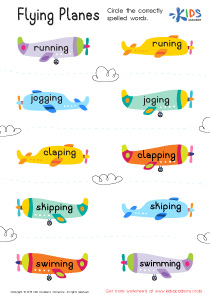Reading comprehension Vowels and Consonants Worksheets for Ages 4-5
4 filtered results
-
From - To
Enhance your child's literacy skills with our engaging "Reading Comprehension Vowels and Consonants Worksheets" designed for ages 4-5. These worksheets provide a fun and interactive way to help young learners identify and differentiate between vowels and consonants. By integrating reading comprehension exercises with phonics practice, children will cultivate essential language skills while developing confidence in their reading abilities. Our resources are ideal for parents and teachers, promoting early reading skills through colorful illustrations and engaging activities. Support your child's literacy journey today and make learning enjoyable with our thoughtfully crafted worksheets! Perfect for home or classroom use!


short vowels Worksheet
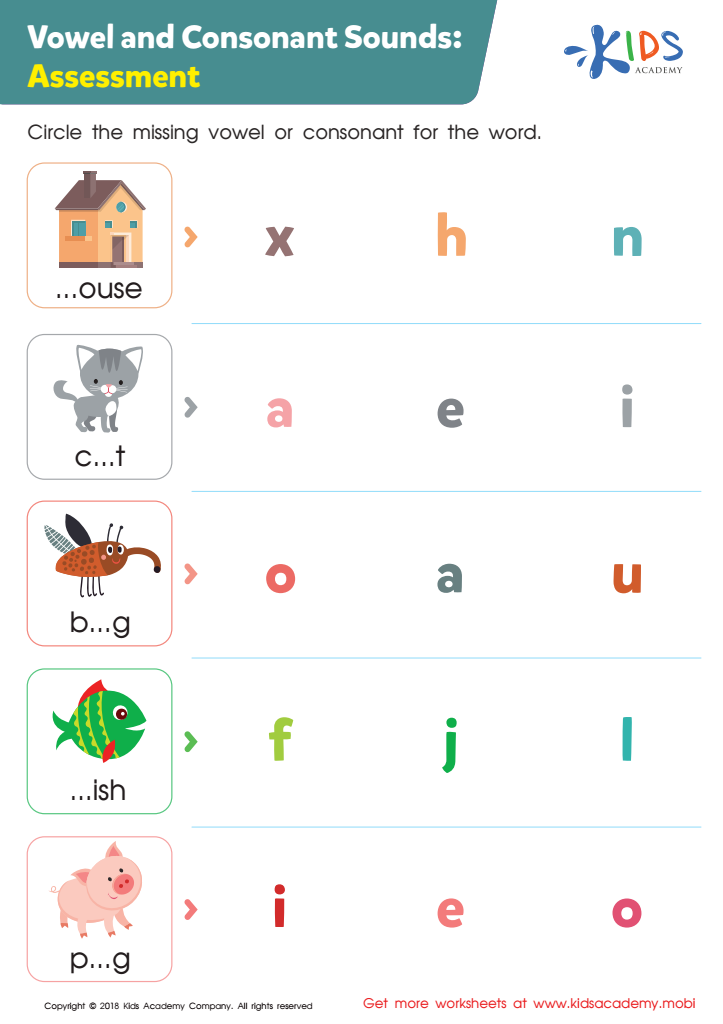

Vowel and Consonant Sounds: Assessment Worksheet
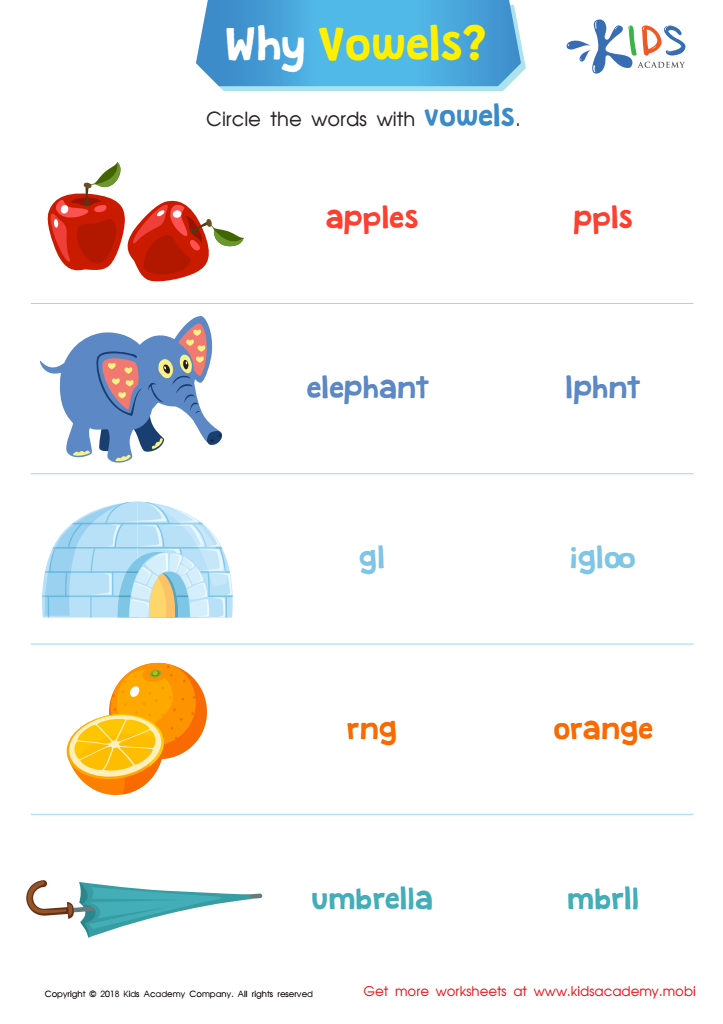

Why Vowels? Reading Worksheet
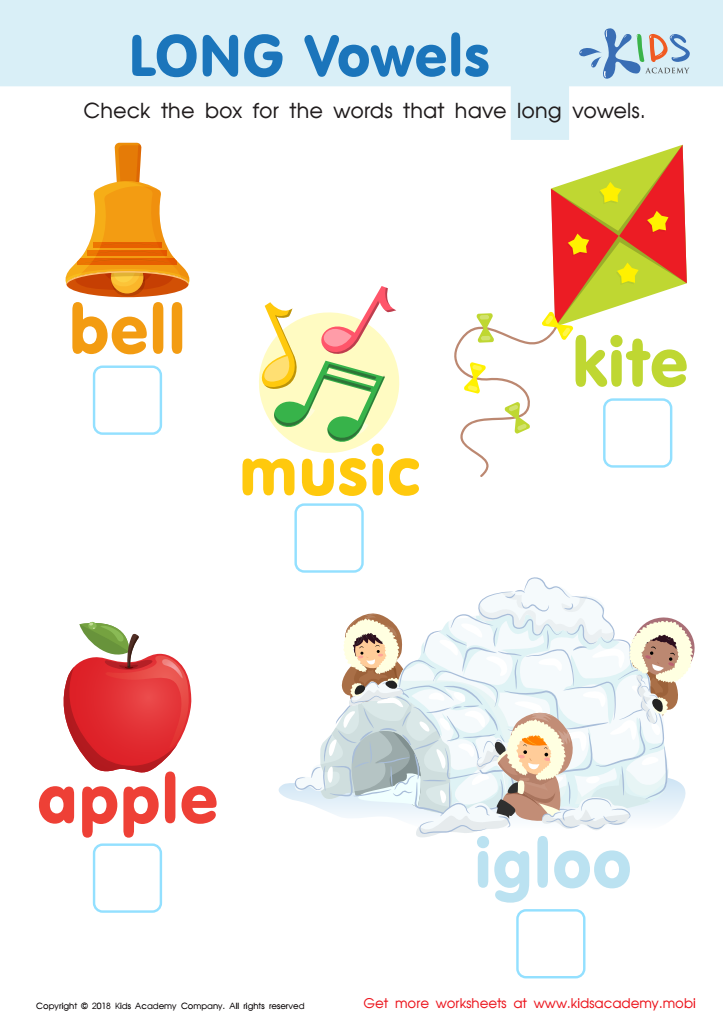

long vowels Worksheet
Reading comprehension is foundational for young learners, especially for children aged 4-5, and understanding phonetics through vowels and consonants is a critical component of this process. At this developmental stage, children are building the essential skills that will enable them to decode words and develop a love for reading. Vowels, which are the key building blocks of words, help children recognize patterns and sounds in sentences, while consonants form the structure of words.
Parents and teachers should prioritize reading comprehension during ages 4-5 because it significantly influences a child's literacy development. Early exposure to phonemic awareness—understanding the individual sounds that make up words—can enhance vocabulary, improve spelling, and foster overall literacy. Engaging children through interactive reading, phonics games, and storytelling helps them relate letters to sounds, making reading a more engaging experience.
Additionally, strong reading comprehension skills correlate with improved academic performance across all subjects as children progress through school. By working on vowels and consonants early, parents and teachers set the stage for a confident reader, promoting not just academic success, but a lifelong love of learning. Fostering these skills early on ensures children are better prepared for future literacy challenges.
 Assign to My Students
Assign to My Students




